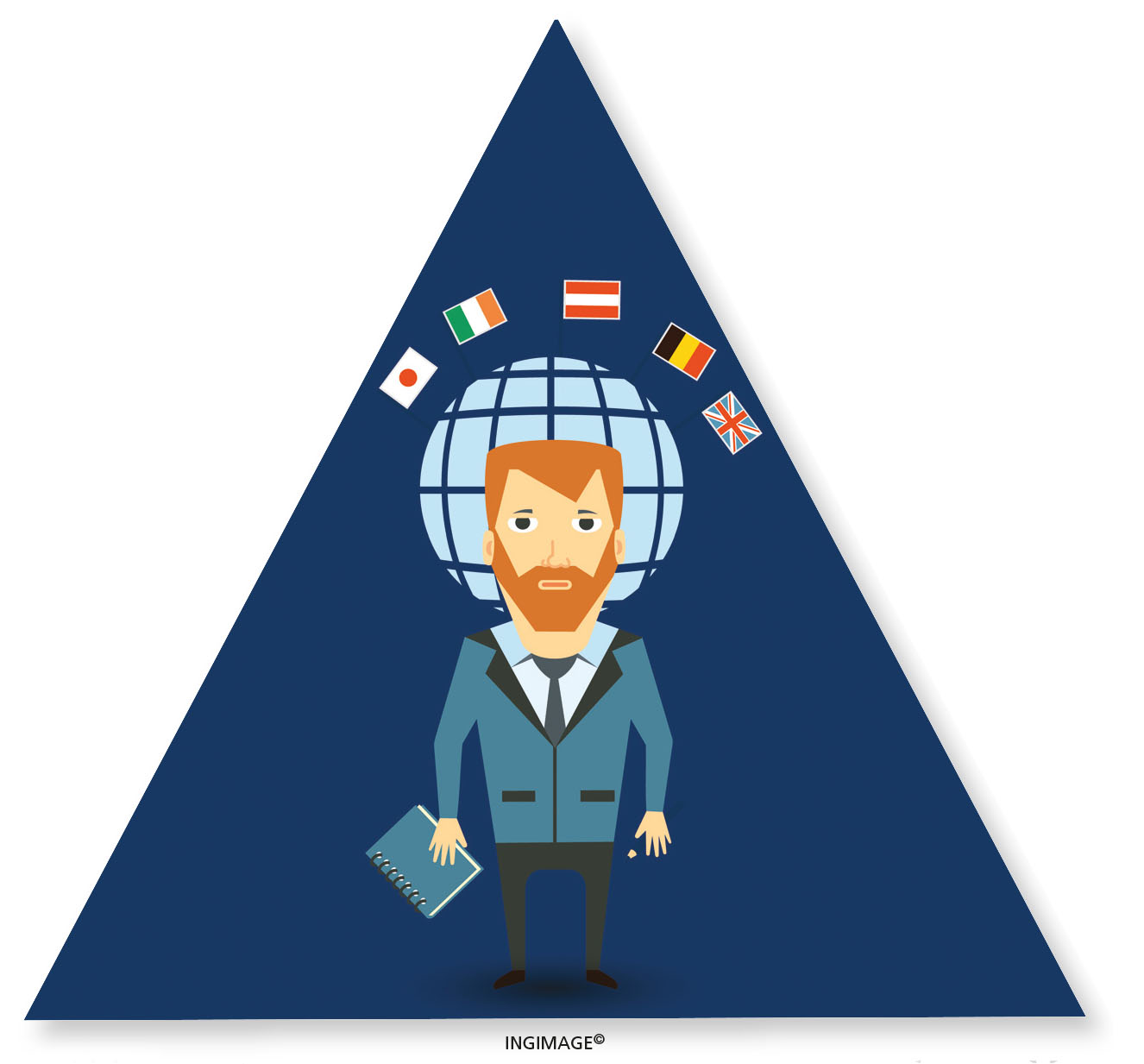EDUCATING SRI LANKA
A UNIFYING LANGUAGE
Goolbai Gunasekara values learning a common language
Some 35-40 years ago when I was a teacher at a school where my mother was the principal, the Department of Education was going through one of its frequent experimental stages. It was trying to appease the Sinhala speaking majority, and those speaking Tamil and English, simultaneously. The futility of the exercise defied description.
Children across the island were going to be taught Sinhala, Tamil and English. English was allotted five periods a week. Sinhalese children had two or three periods a week to learn Tamil and Tamil kids were given the same in Sinhala. Three years of this was compulsory, after which it was assumed that the children of Sri Lanka were going to emerge from schools as trilingual citizens. Unity was thereby guaranteed.
But the harsh reality couldn’t have been further from that utopian dream. Principals watched in dismay as valuable teaching time was being wasted because students struggled with the foolish dictates of some silly pundit in the education sector who was linking language policy to some sort of vague vote winning theory.
When many of us voiced our criticism, we were given the example of European children who spoke three or four languages with apparent ease. Such is the case even today. In fact, they can often read and write in several other languages because Europe uses the same Romanised script across the continent.
Furthermore, Europeans mix together freely and from childhood, they pick up the language of neighbouring countries with ease. This is also possible because they’re exposed to foreign languages early in the day and learn them with no difficulty whatsoever.
For instance, students in Finland learn their own language, compulsory English and another of their choice while they’re in school.
But has anyone seen a child in Sri Lanka struggling with the three different scripts of the as many languages spoken in this country? By the time a hassled Sinhalese child has learnt how to form Tamil letters properly (and vice versa for a Tamil child), hours of instruction have taken place with no real benefit to the student.
I recently met a student of mine who was one of the guinea pigs of that particular educational misadventure.
“Did you ever learn to speak Tamil?” I asked her.
She laughed.
“Well, I know the script and I can sing two songs in Tamil, which we learnt in the spoken language class.”
She had been given three years of instruction.
Another problem was the lack of vocabulary for certain scientific and technical data in either Sinhala or Tamil. I believe that when the switch to the national languages was made, the text writers had to translate English texts in a hurry and found to their dismay that words had to be invented.
One wonders what possible benefit could have accrued to students of science particularly in the medical field where a sound knowledge of English is vital. Even today, most scientific discoveries are rushed into print in English since 85-90 percent of scientific research is printed in English and then disseminated throughout the world.
A few decades ago, medical students had to learn Latin since it was considered necessary to know that language if they wished to be doctors. Many medical terms had Latin connotations and so that language was part of the curriculum. Thanks to the iniquitous quota system, today’s medical students can barely speak English.
Many parents lament the fact that their children who have studied in the national languages (either Sinhala or Tamil) up to their O-Levels need to relearn everything in English when they enter a foreign university. So the time and effort wasted during their schooling doesn’t seem to be worth it.
As a practical person, I’m not attached to chauvinistic theories that claim one must study in one’s mother tongue. Many Indian writers are better in English than the British themselves. Language is only a means of communication; not some basic component of a student’s mental and psychological needs.
Whether you learn a word in Sinhala, Tamil or English, the end result is the same. What’s important is that the word is used to communicate, teach, record facts, share ideas, trade and communicate internationally. If all countries use the same word, doesn’t everyone benefit? Is it really necessary to learn two words to describe the same thing?
Great thinkers have tried to solve this vexatious problem. The international language of Esperanto – an artificial language that’s based on words common to the European languages – was invented in 1887. Its creator Ludwik Zamenhof had hoped that it would prove to be a unifying factor among nations but it never really picked up steam even though its promoters claim that over two million speak Esperanto in the world today.




